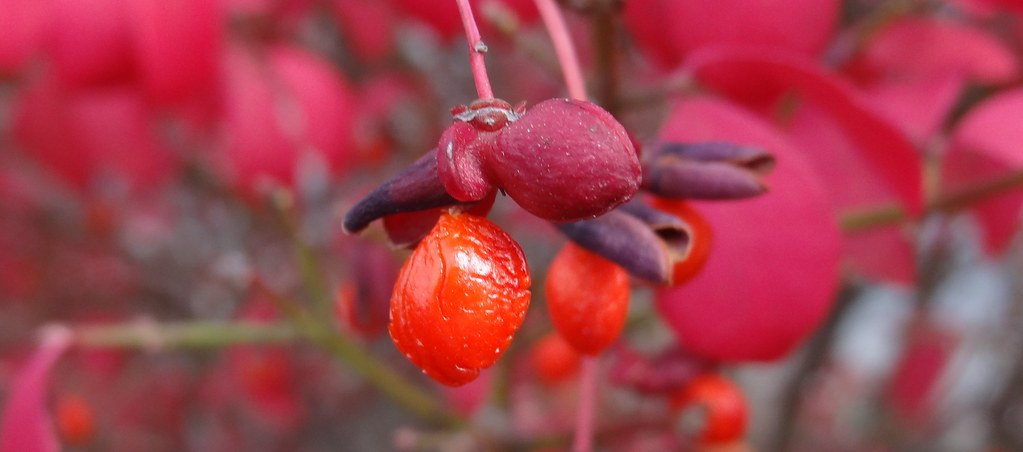Are you looking for a low-maintenance plant that will add beauty and color to your garden? Look no further than the Compacta Burning Bush! This compact shrub is perfect for busy gardeners or those who are new to gardening. It is easy to care for, drought-tolerant, and can withstand periods of dry weather without needing to be watered frequently. Read on to learn more about the Compacta Burning Bush and how to care for it.
Low maintenance and easy care
**Low Maintenance and Easy Care**
The Compacta Burning Bush is a true gardener’s delight, offering effortless maintenance and unparalleled beauty. Its low-maintenance nature makes it an ideal choice for busy individuals or those who are new to the world of gardening. This remarkable plant thrives with minimal effort, allowing you to enjoy its vibrant presence without the burden of constant upkeep.
One of the most endearing qualities of the Compacta Burning Bush is its exceptional drought tolerance. This resilient shrub can endure periods of dry weather without compromising its health or vibrancy. Even during extended dry spells, the Compacta Burning Bush maintains its captivating appearance, showcasing its adaptability and resilience. This drought tolerance makes it an ideal choice for regions with limited rainfall or for those who may occasionally forget to water their plants.
With its low-maintenance nature and remarkable drought tolerance, the Compacta Burning Bush stands as a testament to the beauty and ease of nature. Its undemanding care requirements make it accessible to gardeners of all experience levels, allowing everyone to enjoy the splendor of this captivating shrub.
Plant and care tips for success
To ensure the success of your Compacta Burning Bush, follow these essential planting and care tips:
**Planting:**
**Choose the right location:** Select a planting site that receives full sun for at least six hours daily. The Compacta Burning Bush can tolerate partial shade, but it will not thrive as well.
**Prepare the soil:** The plant prefers well-draining soil with a pH between 5.0 and 7.0. If your soil is not well-draining, amend it with compost or other organic matter to improve drainage.
**Plant at the right depth:** Dig a hole that is as deep as the root ball and twice as wide. Set the plant in the hole and backfill the soil, tamping it down gently to remove any air pockets.
**Water thoroughly:** Water the plant thoroughly after planting and continue to water regularly, especially during dry spells.
**Caring:**
**Water regularly:** Water the plant regularly, especially during dry spells. Allow the soil to dry out slightly between waterings.
**Fertilize:** Fertilize the plant once a year in the spring with a balanced fertilizer.
**Prune:** Prune the plant in the late winter or early spring to remove any dead or damaged branches.
By following these tips, you can help your Compacta Burning Bush thrive and bring beauty to your garden for years to come.
Burning Bush: A Compact Choice for Your Garden
